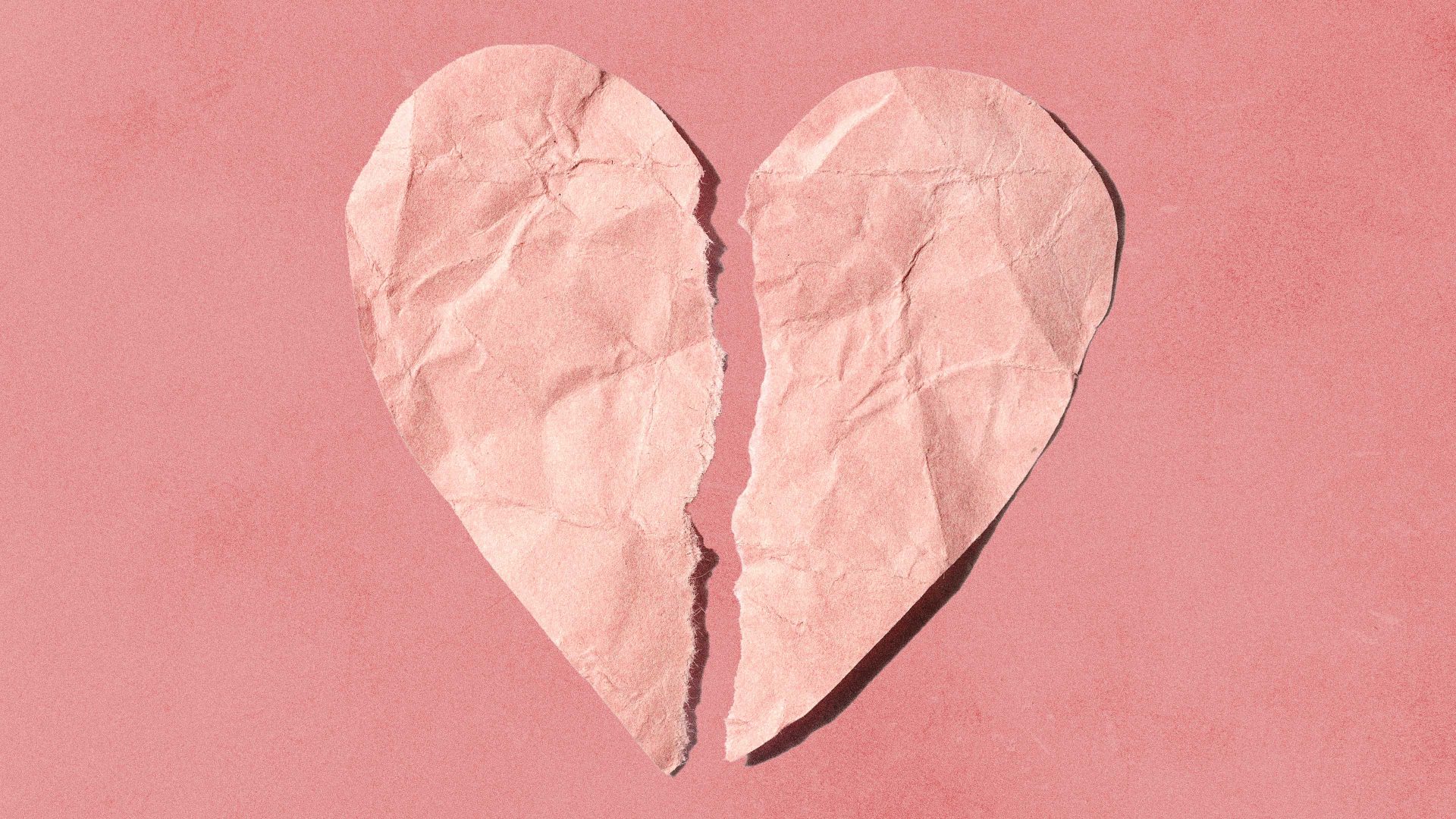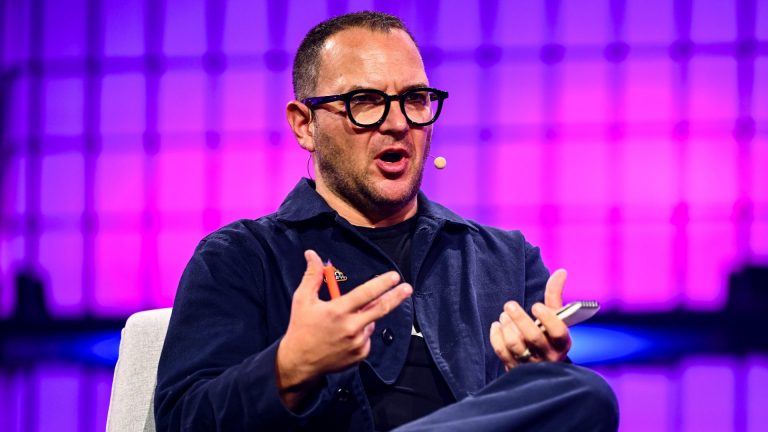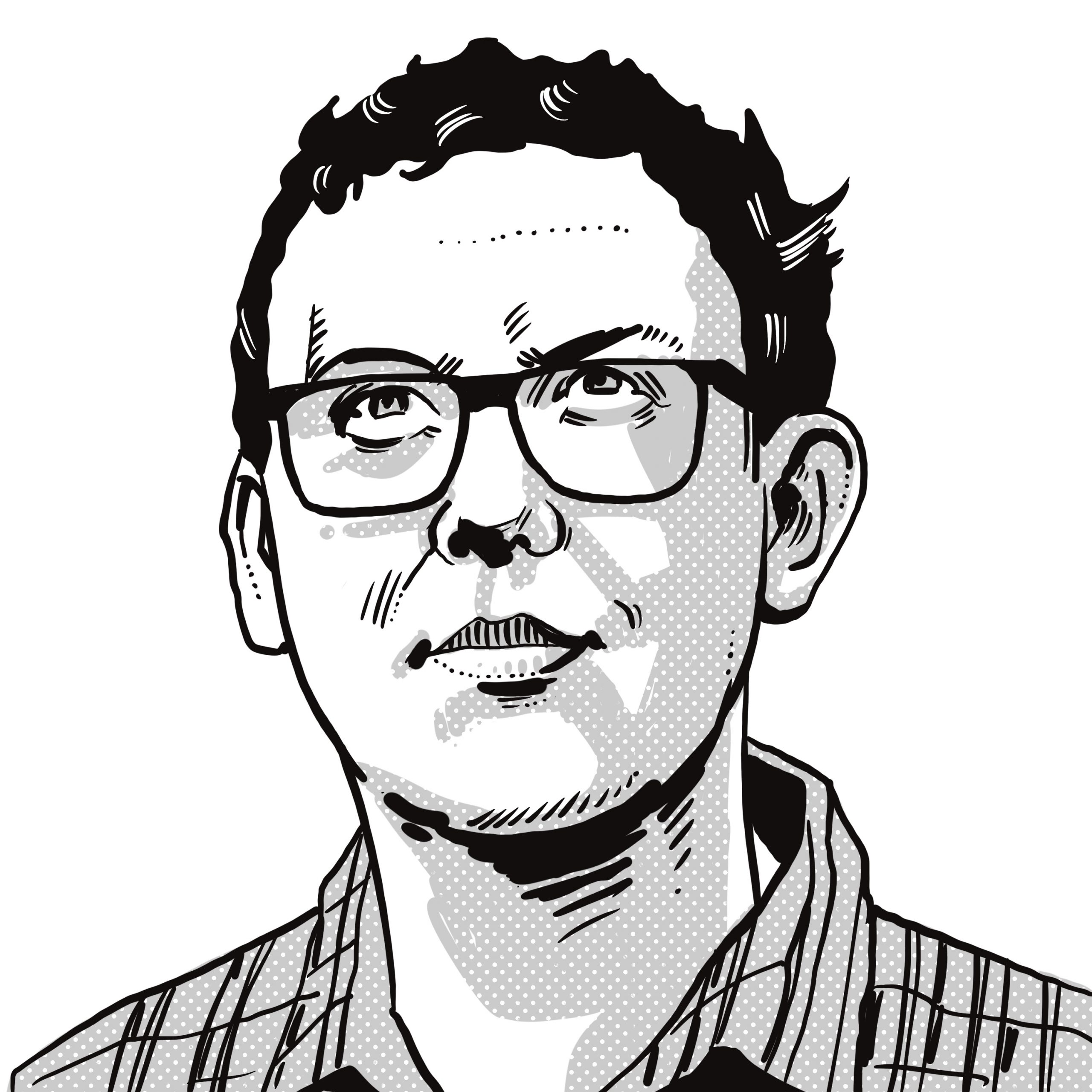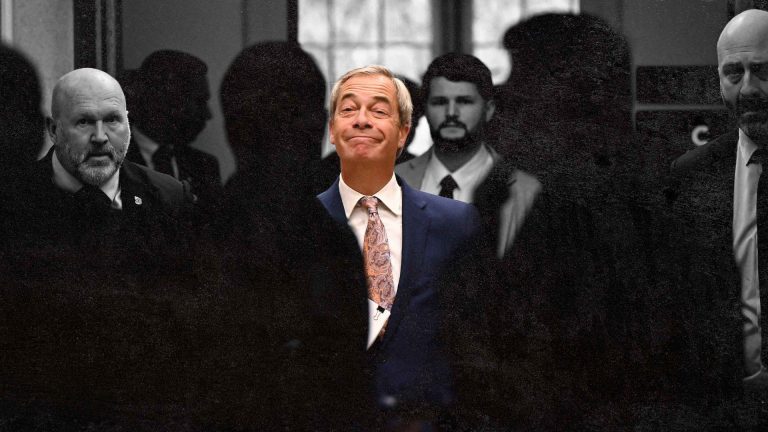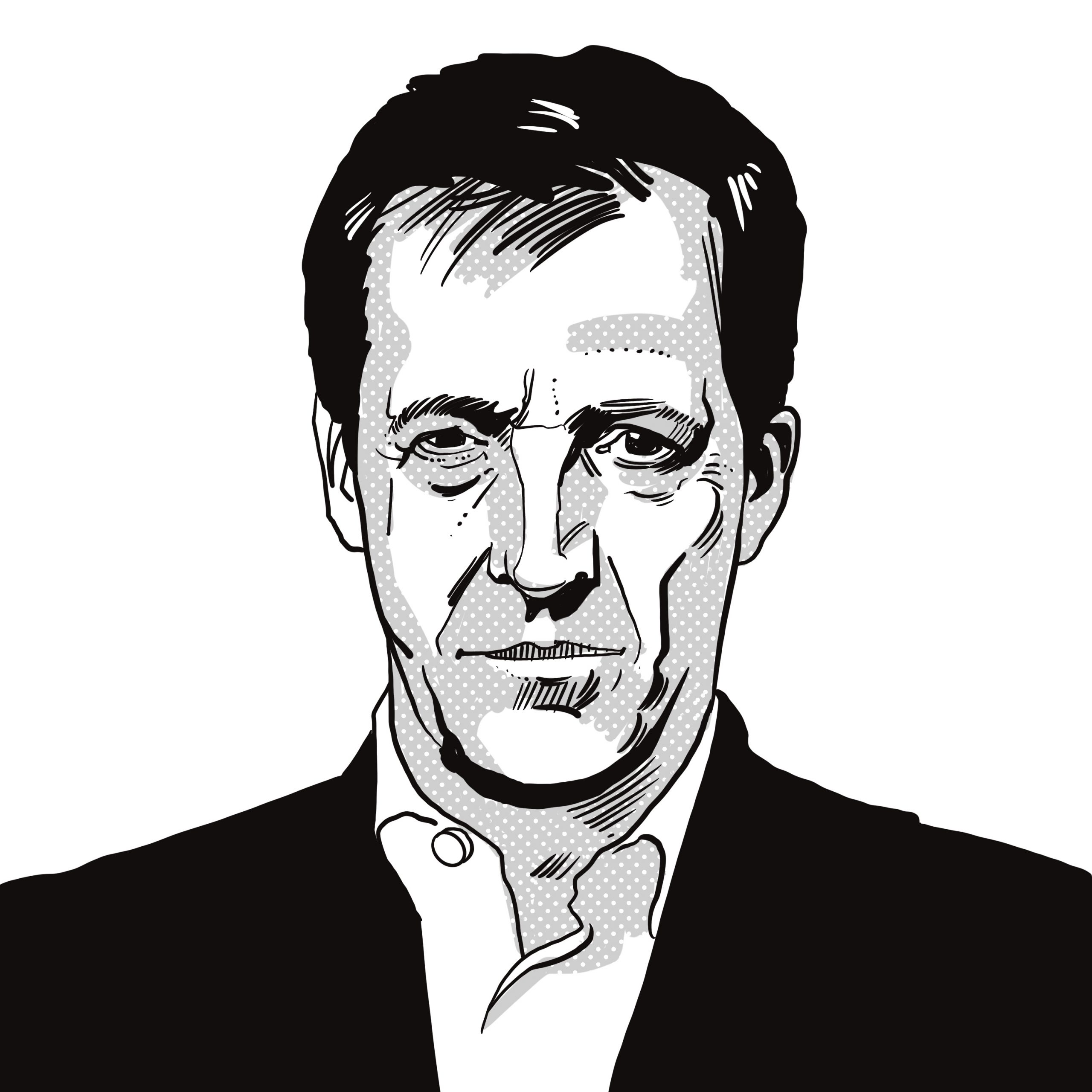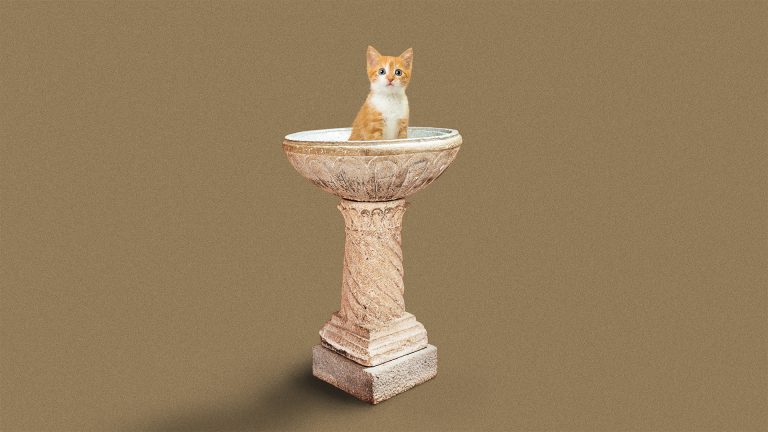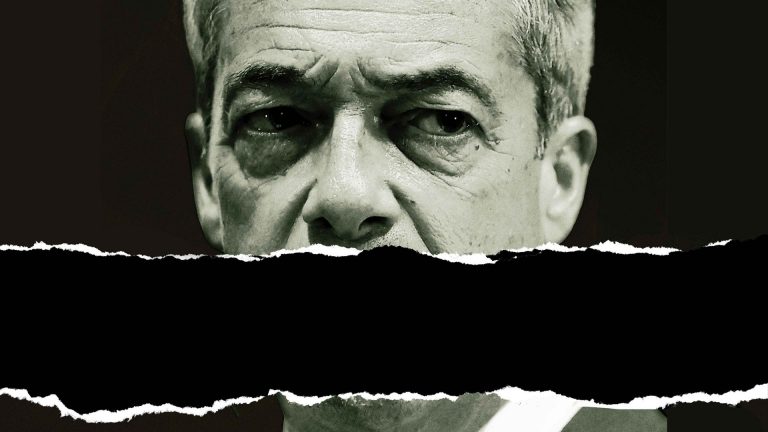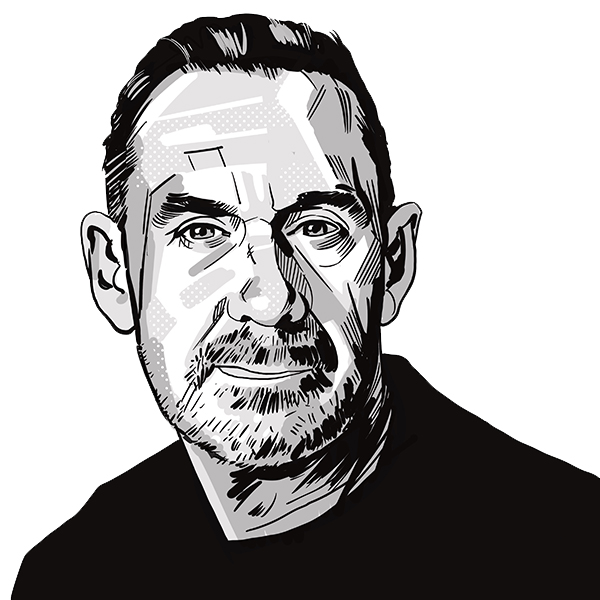It began like any other day – except it wouldn’t end like one. Unbeknown to her, Lina Scheynius was playing out the final scenes of her relationship, at the Scandic Grand Central Hotel in Stockholm. The story, as set out in a remarkable new book, Diary of an Ending, reached its conclusion one frigid January day. She returned to her hotel room and found a letter on her pillow. It was a break-up letter. After years of emotional whiplash, this was it. The end.
The ending of a relationship can be one of the most destabilising experiences a person goes through – it is a living loss, a sudden stripping away of self. You are the knife I turn inside myself,” wrote Franz Kafka in his letters to Milena. “That, my dear, is love.”
The hotel is one of the many places now etched in the memory of Lina Scheynius, the Swedish photographer, along with other distressing moments she has since had to snap into pieces, as the memories felt too sharp to keep whole. “Was the moment of the ending the moment when he gave me the letter?” Lina later reflected. “But then what was everything that came after it? Or was it everything leading up to it?”
In the aftermath of her breakup, Scheynius turned to writers like Kafka to learn the art of diary-making. From the tenth-century Japanese court ladies who wrote “pillow books” of their musings to Anais Nin’s personal diaries, which explore female desire and sexuality, diaries have been considered the ultimate keepers of secrets, mirrors that reflect us onto ourselves. And in Diary of an Ending, published now by Prototype, Scheynius follows in the footsteps of these diarists.
Born in 1981 in Vänersborg, Sweden, Scheynius is known as a pioneer of “raw photography”, her distinct, diaristic style exhibited in places such as Oslo, Berlin, and Tokyo. Her intimate, vulnerable approach to photography has carried itself into the pages of Diary of an Ending, which pairs her frank diary entries with black-and-white photographs alongside reflective essays written later.
“I had done photography for so long – and after a while, people expect a certain thing from you,” she tells me, fresh-faced and nonchalant, from her Stockholm flat. It’s hard to reconcile this soft-spoken, fresh-faced Lina with the sleepless, frenetic, heartbroken woman depicted in the book. “It felt liberating to say, ‘Look, I’m going to try something different.’ Writing this book felt like a rebirth.”
Instead of dissecting what went wrong and who started the fire, Scheynius writes about the ash left in the wake. What emerges is an incredibly frank account of a relationship’s end, including everything from night terrors, the loss of appetite, to the anguish of cutting off contact.
The idea came to her during a summer on the island of Fårö in 2019. A year after the breakup, she felt as if she was making no progress and began to re-read and transcribe her diaries. It was slow work. She’d often have to shake off the emotion by blasting loud music, dancing around her flat, trying to move the grief out of her body, shaking off feelings like fleas.
One of the biggest challenges in writing the book was keeping her ex-partner anonymous. Throughout he’s referred to only as “A”. “How do I keep him in the book and still keep him out of it?” she asks. “That was the hardest part – I didn’t want to expose him, but I couldn’t erase the impact he had.”
Suggested Reading
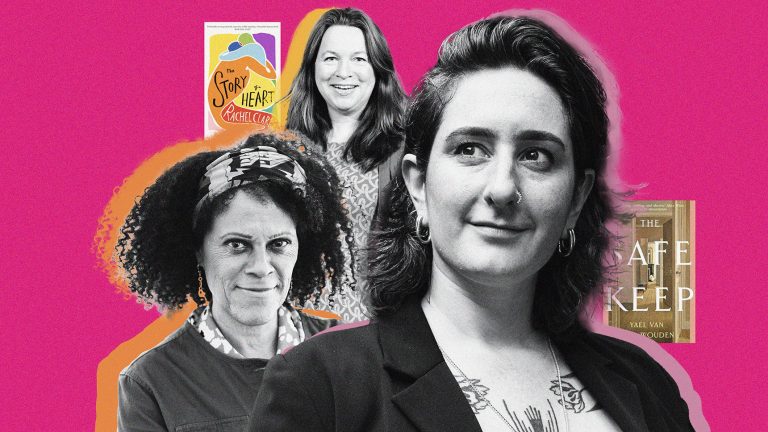
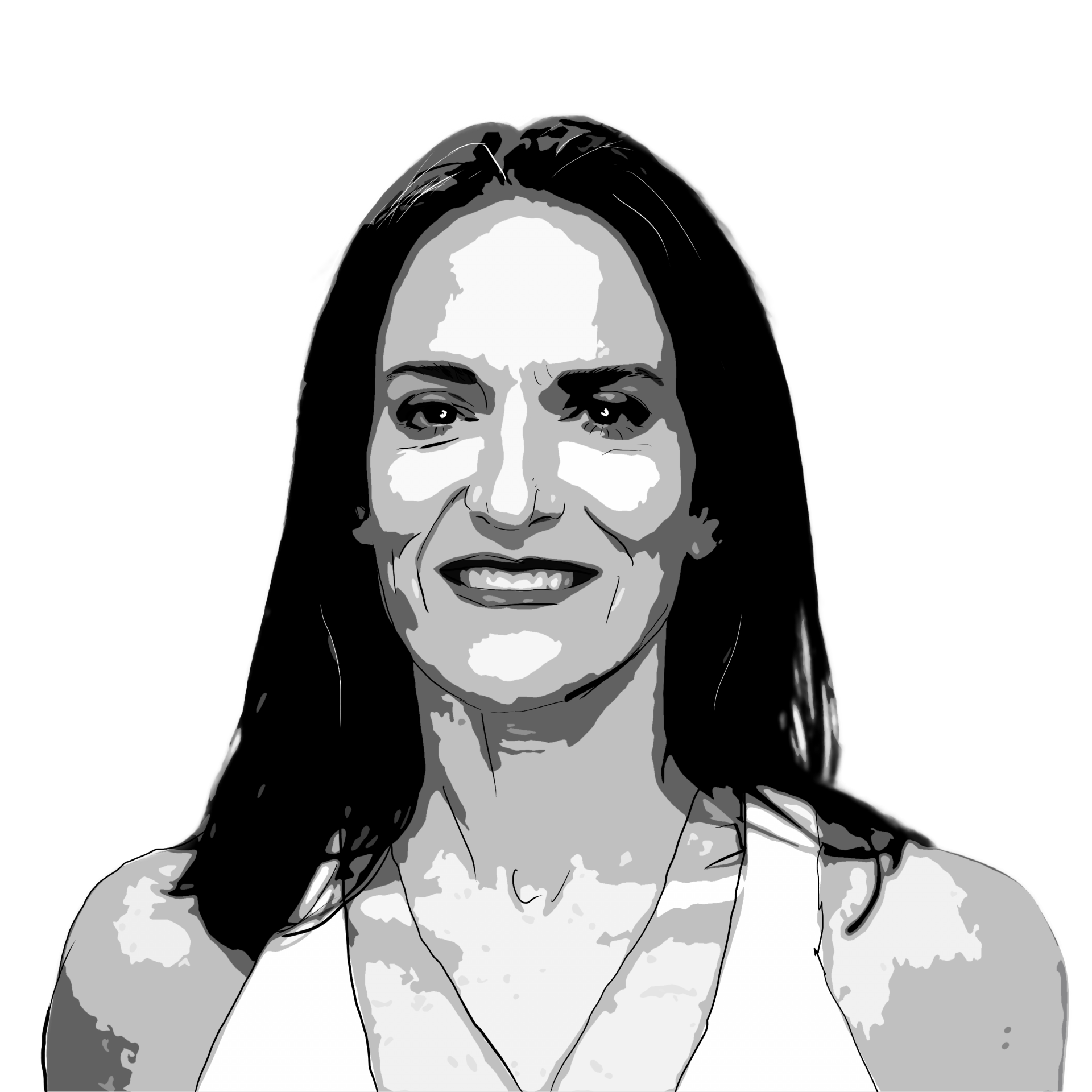
A love letter to the Women’s Prize
The diary entries from the months following the break-up are punctuated by later essays and monochrome photographs taken during the long Swedish winter. “The photos are like a quiet murmur that runs through the book,” she tells me. “But the essays – those were the empowering part.” The combination reads like a dialogue between two selves: one gutted by grief, the other judicious and meditative. “They let me make sense of things,” she said.
“Breakups aren’t linear,” she adds. “There’s no clean ending. It’s like an ongoing trauma – meeting up again, breaking ‘no contact’, seeing a picture, and suddenly you’re just back where you started. That’s why the diary is the way it is – it goes up and down, back and forth, just like grief.”
One of the most candid sections of the book is titled “Things You Did”. “I wrote it on my floor, crying,” she tells me. “It just poured out.” It’s a litany of memories, some sanguine, others savage. “A” edited her books and held her hand as she drifted off to sleep. But “A” also called her a whore and wrote “I hate Lina” in his journal, leaving it on the floor for her to find. The fallout of a breakup leaves behind a carousel of memories, impossible to categorise as wholly good or bad. That’s what makes Diary of an Ending so relatable; it is an anatomy of a relationship in all its contradictions.
Something is always inevitably lost when translating text, but for Lina, whose first language is Swedish, it revealed a new world and side to herself. While the original diary was written almost entirely in Swedish, the essays were written in English. “I wrote my diary in Swedish, partly because I felt safer that way,” she says. “Most people around me didn’t speak it – it felt like a secret world.” When her translator, Saskia Vogel, returned the English version, she was stunned. “If I had translated it myself, I would have made myself more polite. In Swedish, I’m more direct. When I read the English translation, it felt like I was hearing a part of myself I’d never heard before.”
Another theme running through the book is Scheynius’s frank reckonings with motherhood. Near the end, she flies to Sweden to photograph a friend giving birth and is confronted with the gruesome reality of it. “Motherhood is the greatest act of service,” she later writes. “It’s a wipeout of the self. It’s shift-work from hell […] your body is a smorgasbord, someone else’s feeding station.”
Ultimately, she decides not to become a mother; a decision made in the pressure cooker of her late thirties. “The breakup happened when I was 37. If it had happened ten years earlier, the question of children might not have been so pressing. But at that moment, it was everything – my biological clock, society’s expectations, my confusion. It was a huge period of my life. So it had to be part of the book.”
“I feel pretty relieved now,” she concludes about her decision. “I feel for the woman I was back then, but I know that I made the right choice for me.”
When reflecting on relationships nostalgia can sand out the rough edges. In Diary of an Ending, Scheynius makes space for both the sweet memories and the sour. Her writing doesn’t rush to resolution or force clarity. Instead, she captures the confusion. Her diary isn’t just about moving on – i’s about sitting with the tangled truths of a love that no longer fits, and learning to trust the uncertain work of letting go.
Today, she tells me she has learned to set boundaries, to name her needs, and to understand that every love involves some form of sacrifice. “Regardless of how much I learn, I can never get away from the fact that every love is going to be a loss,” she concludes in the final scene of Diary of an Ending, “To love anyway, that’s the real challenge.”
Lina Scheynius’ Diary of an Ending is out now on Prototype Books

